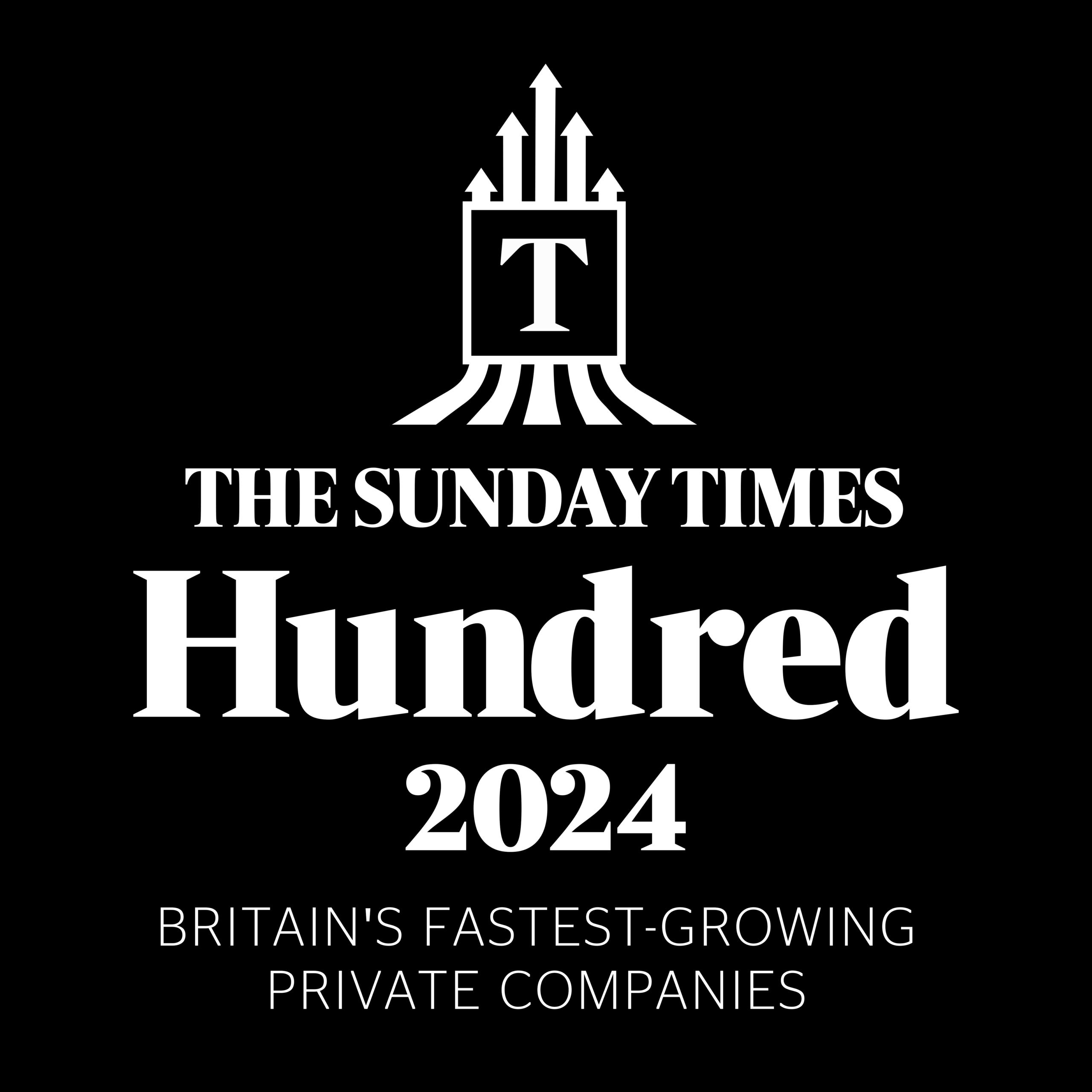What the 2026 Medicare Advantage Rate Hike Means— and Why Tech Strategy Matters More Than Ever
The Centers for Medicare & Medicaid Services (CMS) just issued the final 2026 rate notice for Medicare Advantage (MA) plans, and the numbers are turning heads. A 5.1% average rate increase—the largest in a decade—translates into over $25 billion in new payments next year. With risk adjustment factored in, the real boost to plan revenue is closer to 7.2%. That’s a staggering shift in a market projected to cost nearly $600 billion in 2025.
For MA insurers, the headline looks like a win. Payer stocks surged. Analysts framed the rate hike as a best-case scenario. But what lies beneath the surface is a far more nuanced picture—one that underscores the urgent need for technology-driven transformation across the sector.
Tech, Risk, and the Reimbursement Tightrope
While higher rates provide short-term relief from margin compression, the accompanying regulatory changes signal a longer-term challenge: payment accuracy. CMS is pressing forward with reforms to the risk adjustment model aimed at curbing upcoding and making plan coding practices more transparent and consistent.
By 2026, 100% of risk scores will be calculated using the updated model, which strips out commonly gamed codes and prioritizes data quality. This is no longer a compliance checkbox—it’s a critical driver of both revenue and reputation.
At gravity9, we see this as a pivotal moment for tech-led innovation in Medicare Advantage. Insurers must shift from reactive compliance to proactive transformation—modernizing their platforms, automating clinical data flows, and improving the accuracy and auditability of coding practices.
Why Digital Excellence Will Define Winners
In a reimbursement environment where every data point counts, technology can no longer be an afterthought. It must become the foundation.
Data integrity and interoperability: Fragmented legacy systems are no longer tenable. Insurers need configurable, cloud-based architectures that integrate with providers and CMS, enabling real-time data capture and accurate risk scoring.
Compliance at scale: With regulators tightening the screws, the ability to scale compliant processes—especially in coding and utilization review—is essential. Automation, AI, and natural language processing can drastically reduce the burden while improving consistency.
Member experience as a differentiator: As plans consider how to use their increased reimbursement—whether to restore benefits or improve margins—the member journey remains a key battleground. Digital tools that support preventative care, care navigation, and customer service will be critical to maintaining competitive advantage and reducing costly utilization.
The Bigger Picture: A Shifting Regulatory Landscape
The 2026 rate notice also makes one thing clear: MA rates are influenceable. CMS upwardly revised several growth metrics, drawing on more recent data that reflects higher spending and utilization. But this flexibility cuts both ways.
Just as quickly as rates were revised up this year, they could swing the other way in future notices—particularly as CMS balances access, cost, and oversight under new leadership.
For insurers and tech providers alike, this underscores the need to build resilience into the system. That means scalable platforms, flexible architecture, and data transparency that can weather regulatory shifts—not just respond to them.
Looking Ahead
At gravity9, we work with healthcare payers and innovators to design and build the digital foundations needed to thrive in a complex, regulated environment. The 2026 MA rate notice is a signal—not just of rising costs and revenues—but of the growing importance of digital precision and operational excellence in healthcare.
Whether you’re adapting your core platform to align with updated risk models or exploring ways to enhance care navigation and engagement, now is the time to invest in scalable, compliant, and high-performing technology solutions.


